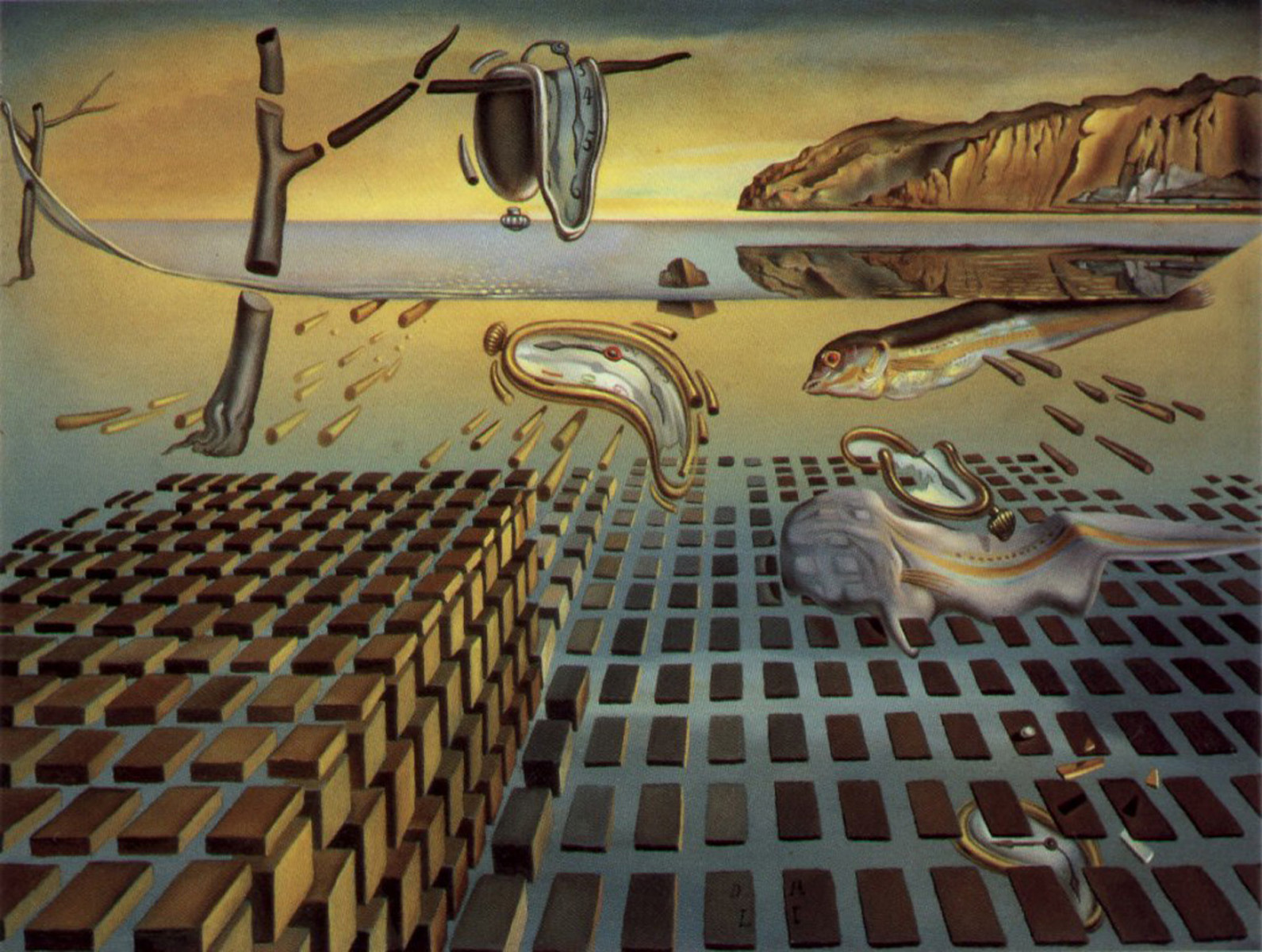Acute stress induces significant modifications to the endocrine and nervous systems. Adrenal glands above the kidneys release a series of corticosteroids (stress hormones) and catcheloamines (stimulating neurotransmitters such as adrenaline) when the body encounters a signficant stressor. These chemical signals give us a speedy boost at the transient expense of immune function. If the acute stressors become chronic, structural changes will develop in the brain: for example, the hippocampus and medial prefrontal cortex have up to a twenty-percent reduction in synaptic connectivity.[1][2] Unfortunately for stressed students, the hippocampus is essential for memory formation. That is the skill most essential for success in the classroom.
As sleep is the antipode to waking, so does the parasympathetic system complement the sympathetic system. When a mammal is at rest, nerve clusters in the cranium, the base of the skull, and the sacrum release acetylcholine (abbreviated ACh). Acetylcholine is the vital neurotransmitter in nerve-muscle junctions. It is the causal force allowing sodium ions to diffuse into the muscle fiber, electrically charging the membrane (from -95mV to -50mV[3]) and causing the release of calcium ions from within the muscle cells. The calcium ions provide the electrical force for muscle contraction. The presence of ACh in the brain and central nervous system is correlated with neural patterns called alpha oscillations. Large portions of the neocortex synchronize neural action at 7.5-12.5Hz, or repetitions per second. The synchonization begins in the thalamus, the central governor of sensory uptake. Alpha oscillations are correlated with alert, relaxed attention.
Yesterday, I sat down to a zazen exercise. This is the practice of "just sitting" from the Zen school of Buddhism. It is a cognate with the Sanskrit word dhyana meaning a high-concentration state. As opposed to other practices like anapana or pranayama which direct attention to the breath, zazen gives no directive to the attention's placement. The body's native response when bodily activity is ceased is to engage the parasympathetic relaxation response. For anyone who does not use a meditative practice, this is a natural place to begin: seated, with no cell phone. After fifteen minutes, my mind and body began to relax. My mind was not empty, but thoughts rolled in at a lumbering pace. A phrase of inner dialogue, for example, did not immediately lead to a succeeding thought. Instead, each phrase echoed over several seconds before being replaced by the next, with sensory data between each recurrence. My muscles yielded noticeably to gravity at this point. Tensions in the shoulders and hips relaxed their grip. After another fifteen minutes, I had the robust sense of well-being that I chase during each sit, and had it firmly enough in my grasp to continue the day at the top of my game.

Relaxation is not a given for humans. We are susceptible to lifestyles that deny the parasympathetic nervous system its time to restore health. Without it, we can be vulnerable to physical and mental dis-ease. In some respect, all meditative exercises are designed to mount the parasympathetic response. Unlike other animals, we also have the capacity to hold our troubles in working memory even when they are physically distant. When we keep our stressors in mind, the body's response is as if they are in view. The sympathetic system is aroused all the same. Therefore is it vitally important to dedicate some few waking minutes to sitting quietly, so that your nervous system can release acetylcholine and keep you sane in this busy world. Your mind and body will thank you.
Back